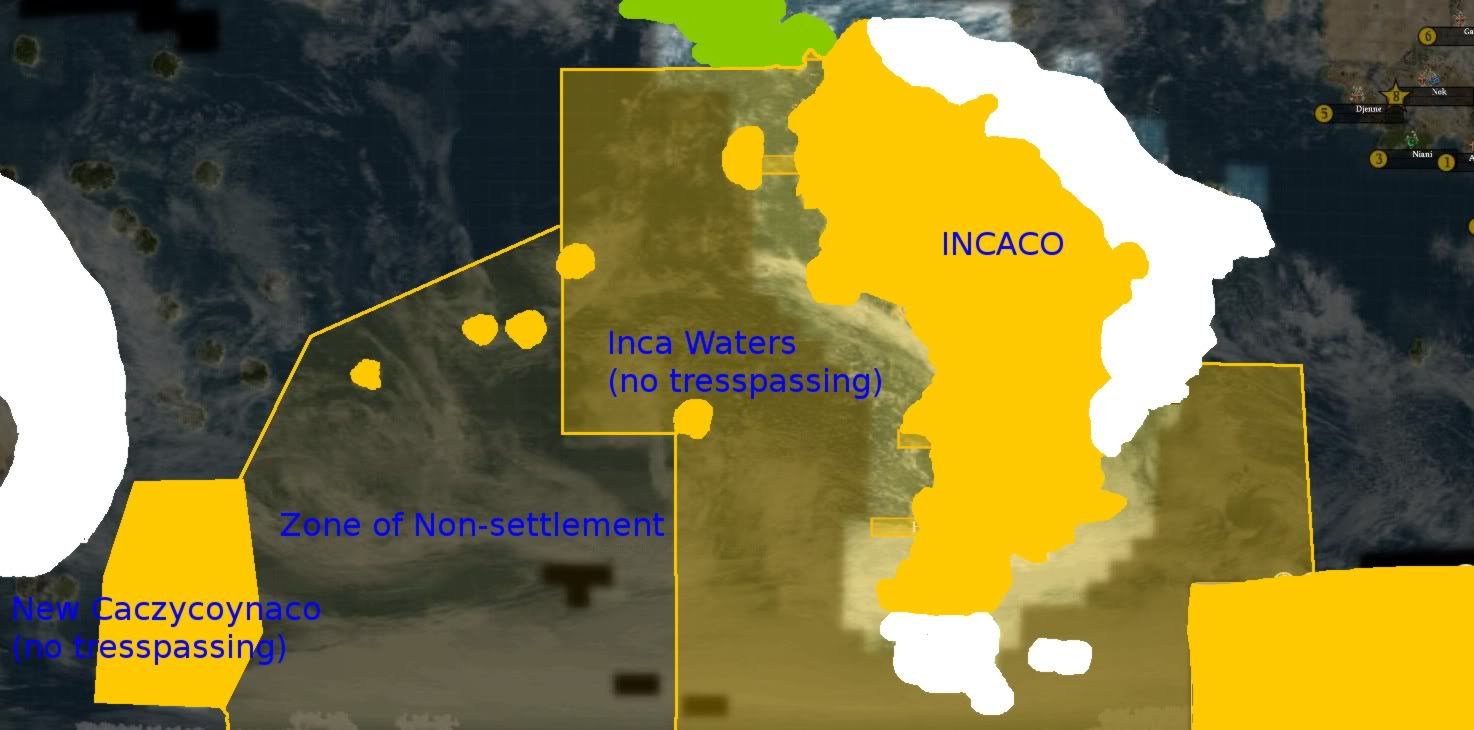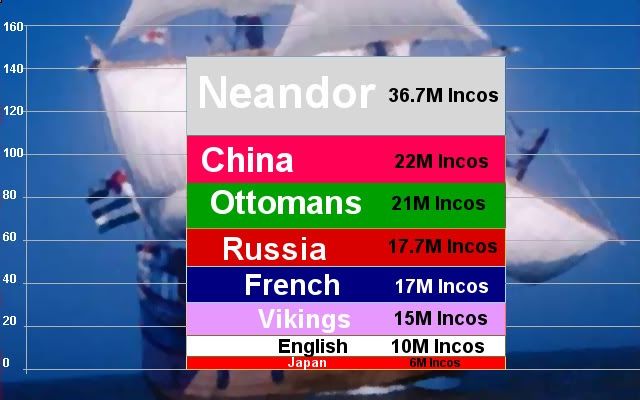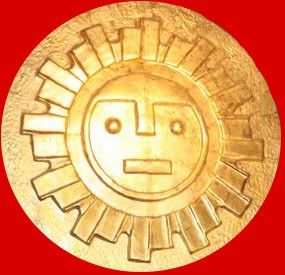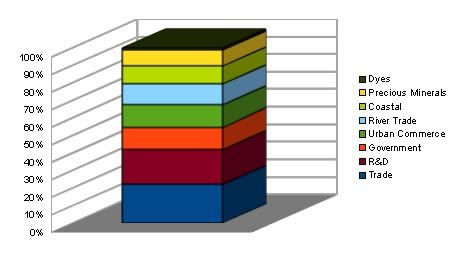This is the Story and Diplomacy Thread for the Diplo Game "Destiny of Empires" (DoE)
The purpose of this thread is to post in-character story posts and diplomacy for this game. Please discuss all organizational aspects of this game the Organization Thread.
Use your Anonymous Apolyton Game Account to put posts in this thread.
Destiny of Empires is a diplomacy game.
The players try to rule their empires like they are real. Role playing and story telling is an important way to achieve this.
Fore more information visit the Diplogame FAQ by OzzyKP
For more information visit the Organization Thread.
The purpose of this thread is to post in-character story posts and diplomacy for this game. Please discuss all organizational aspects of this game the Organization Thread.
Use your Anonymous Apolyton Game Account to put posts in this thread.
Destiny of Empires is a diplomacy game.
The players try to rule their empires like they are real. Role playing and story telling is an important way to achieve this.
Fore more information visit the Diplogame FAQ by OzzyKP
For more information visit the Organization Thread.





 Behind Neandor and China, the Ottomans, French, and Russians all occupied large slices of Inca trade.
Behind Neandor and China, the Ottomans, French, and Russians all occupied large slices of Inca trade.
 The government's share of the economy was quite postive, as it maintained trade fleets to the colonies, the interregional road networks, the central and provincial bureaucracies, and the armies. Generally, it is assumed to have added a net 13% to the GDP, although the figures are debatable. Some say that although the government indeed did add much to the economy, the maintenance should be taken out of GDP figures. If such is the case, then the government takes out 16% of the GDP.
The government's share of the economy was quite postive, as it maintained trade fleets to the colonies, the interregional road networks, the central and provincial bureaucracies, and the armies. Generally, it is assumed to have added a net 13% to the GDP, although the figures are debatable. Some say that although the government indeed did add much to the economy, the maintenance should be taken out of GDP figures. If such is the case, then the government takes out 16% of the GDP.
Comment